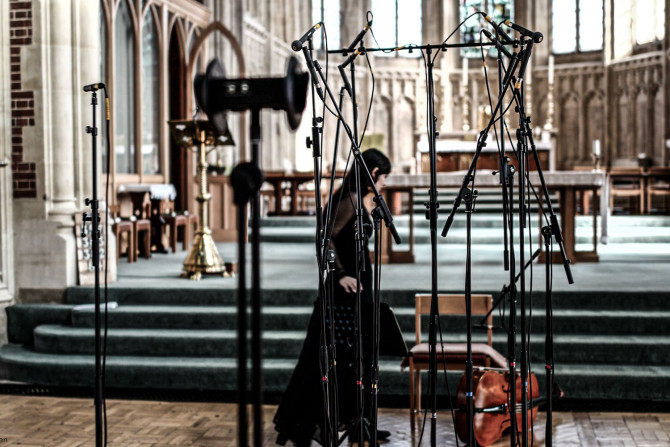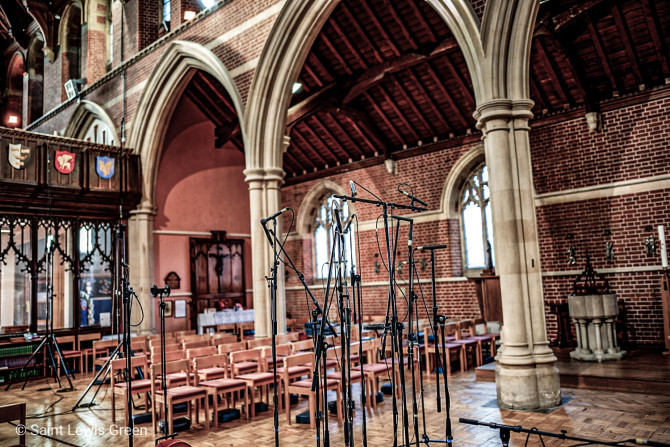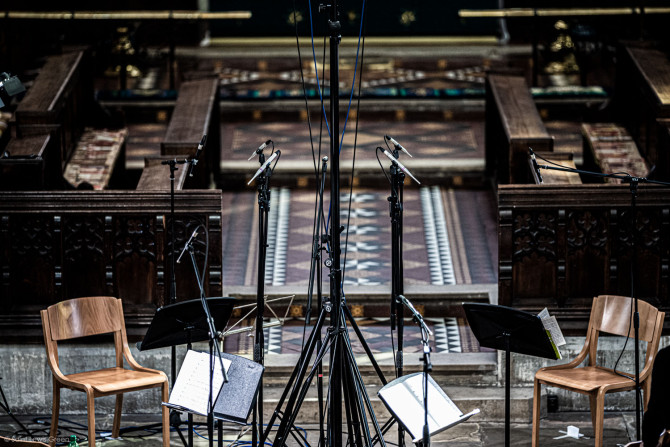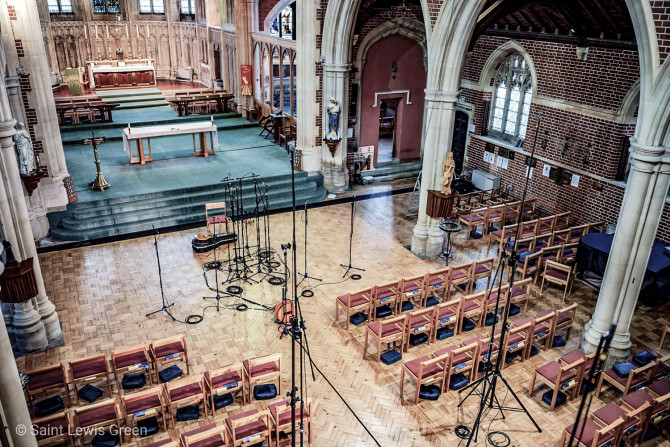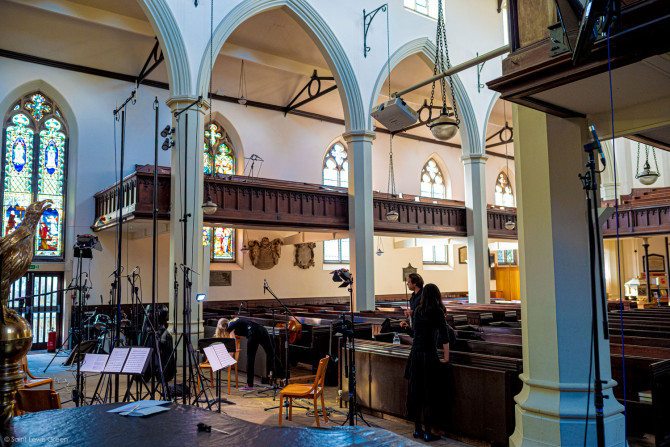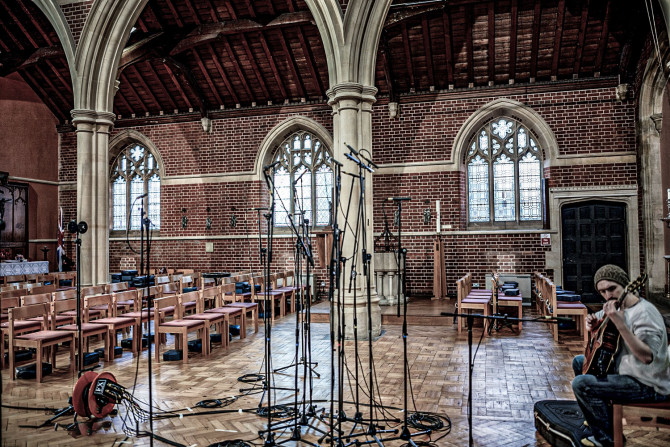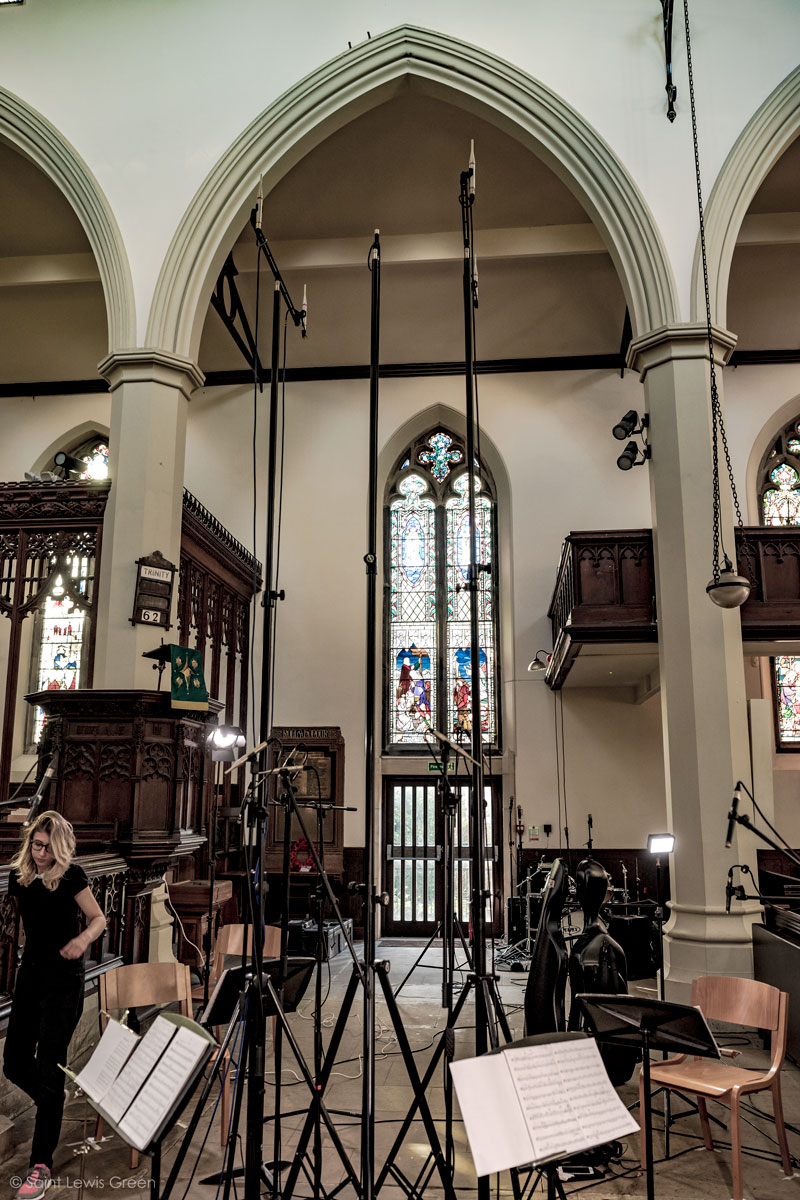SPATIAL / IMMERSIVE AUDIO PRODUCTION
Fascinated by the effect of spatial/immersive audio on our perception of envelopment, sonic detail, and presence – and combining this with the ever-growing presence of 3D audio formats such as Dolby Atmos, Auro-3D, Sony 360 Reality Audio, and Ambisonics in the commercial fields of game, film, augmented reality (AR) / virtual reality (VR) / mixed reality (MR), audiobooks, podcasts, and music – Janet specialised in the field of spatial audio early on while studying at the School of Audio Engineering (SAE).
With the arrival of 3D audio also arose the question as to what extent the principles of recording and mixing – which have been tested and refined over decades for formats such as stereo, 5.1, and 7.1 – would still be applicable when adding the 3rd dimension of height.
Being interested in recording and mixing techniques and having previously worked for award-winning engineers such as Tony Faulkner, Simon Kiln, and Jonathan Allen, Janet took this knowledge gap as the basis for her work and research throughout her studies.
Her final thesis “Capturing 3D Audio: A pilot study on the spatial and timbral auditory perception of 3D recordings using main-array and front-rear separation in diffuse field conditions” investigated patterns in spatial and timbral auditory perception between the recordings of three different 3D microphone arrays for the attributes Naturalness, Presence, Preference, Width, Localisation Accuracy, Distance/Depth, Envelopment, Spatial Balance, Room Perception, Vertical Image Shift, Vertical Image Spread, and Vertical Frequency Separation.
Based on her work in the field of immersive audio and psychoacoustics, Janet was invited as a guest speaker to international podiums such as the International Conference on Spatial Audio, the Schoeps MikroForum, as well as to Galaxy Studios by Auro-3D founder Wilfried van Baelen.

